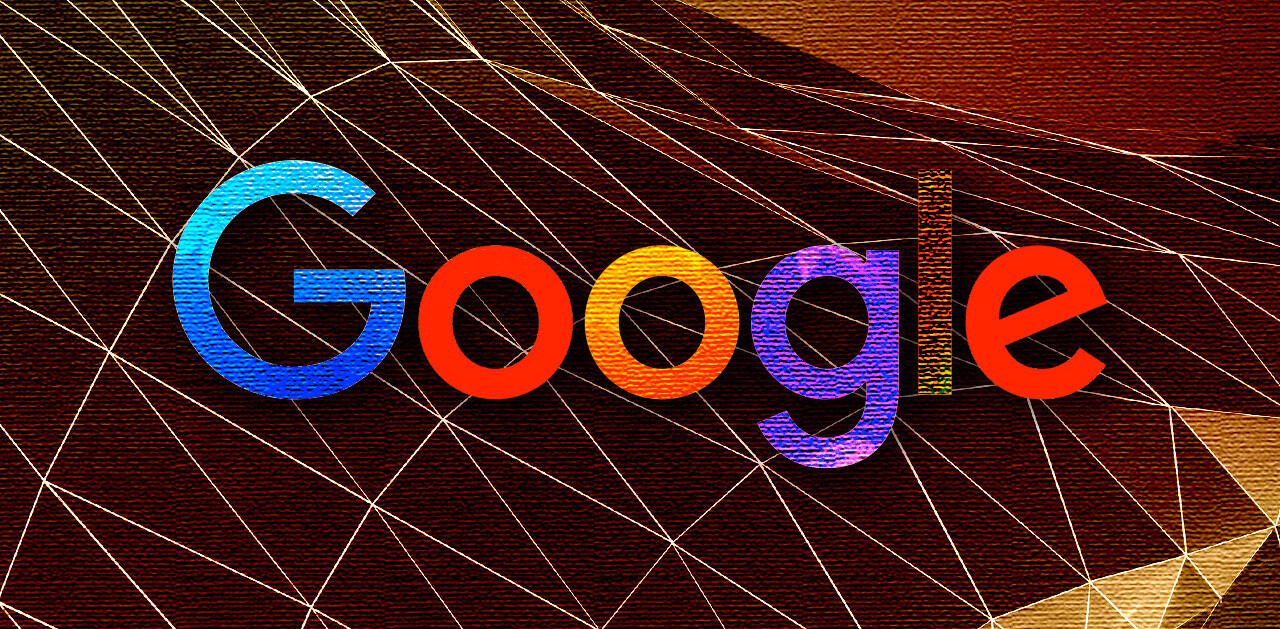We all know the fantasy brand story. Two friends in a garage dare to dream and create a product that changes the world forever — a legendary scenario popularized the Steves, Jobs and Wozniak, and looked upon as the perfect representation of the startup spirit. But for makers and entrepreneurs, the real backstories common to the crowdfunding and startup worlds are often never that interesting.
They’re normally pretty mundane. Even when there’s a legitimate “two ships passing in the night” tale, where a bit of banter and some scrawling on a cocktail napkin led to a brilliant idea, it’s likely been heard before, and before… and before.
The budding creators entering the funding fray often forget one important thing: your brand story lies not in a manufactured legend — which can often be cliched, thin as a wafer, and unimportant to potential investors and consumers — but in a few other key factors that can truly help weave your brand’s tale.
The power of product
It’s hard to believe, but yes, the actual product or service you’re making valiant efforts to raise funds for — and fast-track to market — speaks volumes on its own about your brand.
From the most successful yet secretive companies in the world like Apple, IKEA, and Coca-Cola to crowdfunded darlings like Neil Young’s Pono digital player and the OUYA game console, the tangible manifestations of a (maybe) groundbreaking concept have always said plenty about a brand in terms of style, substance, and inventiveness — especially when it’s nearly impossible to catch a glimpse of many of these companies’ inner workings.
The truth is, though, it’s basically unnecessary to reveal any behind-the-scenes tidbits or get caught up in mythmaking when your product should speak for itself. The most important questions have already been raised before, but since they still get ignored they bear repeating:
- What does this product or service actually offer?
- Why would this product or service appeal to consumers?
If you can answer these questions honestly, without relying on spin to give it direction, then you’ve likely taken the first step towards figuring out what will make your brand story tick. And, strangely enough, it usually has more to do with the product itself than the people that made it.
Internal culture can foster fandom
Whether it’s fostering a healthy culture from within, or recognizing a culture created organically by employees, the ecosystem of your brand can play a significant part in letting your story unfold and revealing what you truly stand for. Not every brand needs to be a cult of personality like Apple, Facebook, Twitter, Tesla, or Amazon.
From Netflix and Adobe setting new standards for parental leave, to Marriott’s highly touted embrace of workplace diversity and LGBTQ advocacy, to Zappos’s emphasis on “cultural fit,” these high-profile, large-scale moves to improve internal culture and serve employees also create valuable stories that can be beneficial for brands from the highest corporate rung to the smallest startup. These are the stories that are relatable because they emerge in response to trends and needs in the real world, not in a PR playbook.
On a smaller startup scale, foregoing the focus on a figurehead and instead infusing your brand with those who share the same passion for your company and product(s), who are champions for your cause and help shape a strong cultural identity can reflect more positively on the most important audience: the consumer. The people that work for your brand are your brand, and it pays to remember that.
The audience approves
From early adopters to social influencers to crowdfunding backers to the everyday consumer, the vast sea of potential users of your product or service can dictate the most immediate, impactful chapters of your brand’s narrative — and keep the story arc evolving.
That’s why it’s always important to be mindful of the difference between the brand story you’re telling and the brand story your audience is building in the real world. If you think your brand is seen as a tech innovator but the people interested in your product are more drawn to your humorous brand voice, staying in the loop will allow you to decide if you need to embrace your brand’s reputation or do a hard pivot.
Whether through the ever-churning comment threads, social posts, or word-of-mouth buzz, the end user plays a vital role in crafting your brand’s “aura” through their constant feedback loop. While delays, alterations, and bugs are common bumps in the road to achieving investor/consumer interest and crowdfunding success, the way your final product resonates with users and the value it provides to them helps shape their impression of your brand and results in a more grounded, realistic tale than any belabored backstory can provide.
Let your brand story come naturally
While it’s fine to craft bios and shoot promo videos to build initial investor and customer interest in your product, the way to tell your brand’s story as a whole must develop much more organically. Regardless of how interesting (or not) your brand’s backstory is, it rarely measures up to the actual product, the way your company conducts business, or the reaction your brand name stirs up in the general public.
Even if there’s little drama, flair, or complexity to how it all came together, it’s fine. With all the aforementioned elements coming into play, the brand stories are the ones that write themselves.
Get the TNW newsletter
Get the most important tech news in your inbox each week.





